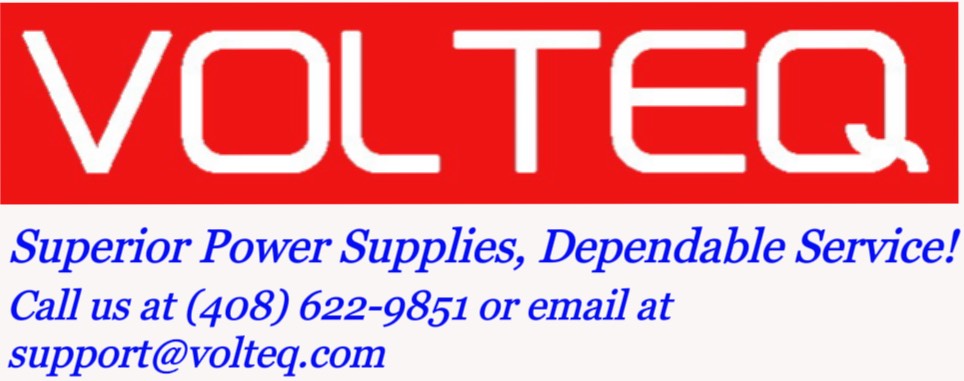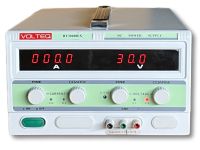Introduction
In the pursuit of a more sustainable and energy-efficient future, the role of DC power supplies cannot be underestimated. Switching DC power supplies have emerged as a key technology, revolutionizing power optimization and cost savings compared to traditional linear DC power supplies. This article aims to educate readers about the energy efficiency benefits of switching DC power supplies, highlighting their ability to reduce power loss, heat generation, and overall energy consumption in various applications. By embracing switch mode power supplies, organizations can achieve significant cost savings while simultaneously reducing their carbon footprint.
The Inefficiencies of Traditional Linear DC Power Supplies
Traditional linear DC power supplies have long been the go-to choice for many applications. However, they suffer from inherent inefficiencies that result in significant power loss and heat generation. Linear power supplies rely on voltage regulation by dissipating excess voltage as heat, leading to substantial energy wastage and reduced overall efficiency.
Switching DC Power Supplies: The Energy Efficiency Solution
Switching DC power supplies, also known as switch mode power supplies, offer a superior alternative to traditional linear power supplies. These power supplies employ advanced circuitry and switching components to achieve higher levels of energy efficiency, resulting in substantial power optimization and cost savings. Volteq switching DC power supplies routinely achieve energy efficiency of over 92%using IGBT or SCR technologies.
Reducing Power Loss and Heat Generation
One of the primary advantages of switching DC power supplies is their ability to minimize power loss. Unlike linear power supplies, which dissipate excess voltage as heat, switch mode power supplies employ a different approach. They rapidly switch the input voltage on and off, controlling the output voltage via the percentage of the time the input voltage is turned on to match the desired level. This efficient switching process significantly reduces power loss and, consequently, heat generation.
By reducing power loss and heat generation, switch mode power supplies operate at higher efficiency levels, resulting in less energy wasted as heat. This not only contributes to cost savings but also leads to improved reliability and longevity of the power supply and associated components.
Energy Consumption and Cost Savings
The energy efficiency of switching DC power supplies directly translates into lower energy consumption. Their ability to regulate voltage and minimize power loss means that less energy is required to achieve the desired output. This reduction in energy consumption has a significant impact on cost savings, especially in applications where power supplies operate continuously or have high power demands, such as electroplatingand anodizing, eletrolysis, and waste water treatment, etc.
Moreover, switch mode power supplies often offer additional features that contribute to energy optimization and cost savings. Some models incorporate power factor correction (PFC) circuitry, which improves the power supply's efficiency and reduces reactive power, leading to lower utility costs. Others may include intelligent power management features such as sleep mode or automatic shutdown when not in use, further reducing energy consumption during periods of low or no load.
Smaller Carbon Footprint
The energy efficiency of switching DC power supplies goes hand in hand with a smaller carbon footprint. By minimizing power loss and reducing energy consumption, these power supplies contribute to environmental sustainability and help organizations achieve their green initiatives.
Switch mode power supplies enable organizations to reduce their reliance on fossil fuels for energy generation, resulting in reduced greenhouse gas emissions. The cumulative impact of widespread adoption of energy-efficient power supplies can make a significant difference in mitigating climate change and promoting a greener future.
Applications and Real-World Examples
Switching DC power supplies find applications in various industries and sectors. They are widely used in consumer electronics, telecommunications, industrial automation, healthcare, and renewable energy systems, among others.
For example, in the telecommunications industry, switch mode power supplies are employed in cell towers, data centers, and network equipment. Their energy efficiency and compact design make them ideal for powering these critical infrastructure components while minimizing power consumption and reducing operational costs.
In renewable energy systems, such as solar and wind power installations, switch mode power supplies are used to convert the DC power generated by the panels or turbines into usable electricity. The efficient power conversion provided by switch mode power supplies ensures that the maximum amount of energy is extracted from renewable sources, optimizing the overall system efficiency.
Real-world examples further illustrate the benefits of switching DC power supplies. For instance, a data center that switches from traditional linear power supplies to high-efficiency switch mode power supplies can experience significant energy savings, resulting in reduced operating costs and a smaller environmental footprint. Similarly, in industrial automation, the adoption of switch mode power supplies can lead to improved energy efficiency, reducing electricity bills and promoting sustainable manufacturing practices.
The Future of Energy Efficiency
As the world continues to prioritize energy efficiency and sustainability, the role of switching DC power supplies will become even more prominent. Technological advancements are driving the development of increasingly efficient power supplies with enhanced features, such as digital control and intelligent energy management systems.
Furthermore, regulations and standards are being put in place to promote the adoption of energy-efficient power solutions. Organizations are recognizing the economic and environmental benefits of switching to switch mode power supplies, and government incentives and certifications are encouraging their widespread implementation.
In conclusion, the adoption of switching DC power supplies represents a significant step toward achieving energy optimization and cost savings. By minimizing power loss, reducing heat generation, and optimizing energy consumption, switch mode power supplies offer a superior alternative to traditional linear power supplies. Their higher efficiency levels lead to tangible benefits, including reduced electricity bills, improved reliability, and a smaller carbon footprint.
In a world where energy efficiency and sustainability are paramount, embracing switch mode power supplies is not only a smart business decision but also a responsible choice for a greener future. By investing in energy-efficient power solutions, organizations can contribute to global efforts to combat climate change while reaping the financial rewards of reduced energy consumption. It's time to unlock the power of switching DC power supplies and drive energy efficiency to new heights.

